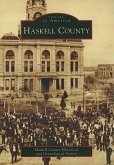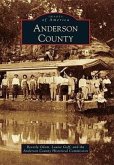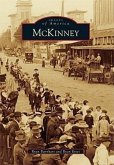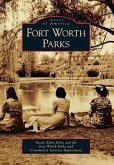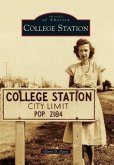When an army scouting party headed north from Fredericksburg in 1851 to select a site for a new military post, they found an area of remarkable natural beauty on the northwestern edge of the Texas Hill Country. This land of clear streams, rocky hills, live oak thickets, and abundant wildlife had long served as a hunting ground for Comanches, Kiowas, and Lipan Apaches. A few German farmers had already settled along the Llano River, and a town soon sprang up in the shadow of Fort Mason. By the 1920s, Mason County's population included German Americans, descendants of old families from the southeastern states, Mexican immigrants who had fled the revolution, and African Americans whose ancestors had arrived in the 1850s. For decades, the region has attracted hunters, river enthusiasts, naturalists, and geologists. The town of Mason features one of the most picturesque courthouse squares in Texas. Its old-time storefronts and handsome sandstone houses make it a popular tourist destination today.
Hinweis: Dieser Artikel kann nur an eine deutsche Lieferadresse ausgeliefert werden.
Hinweis: Dieser Artikel kann nur an eine deutsche Lieferadresse ausgeliefert werden.


